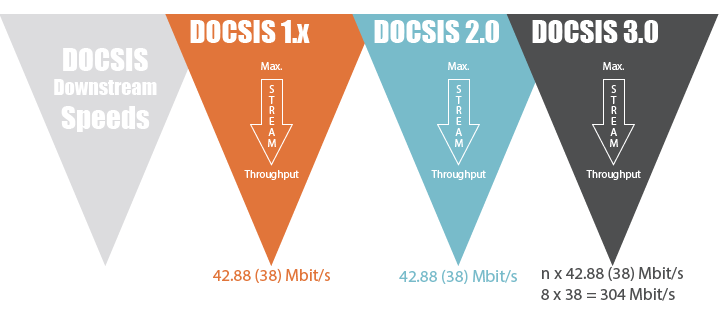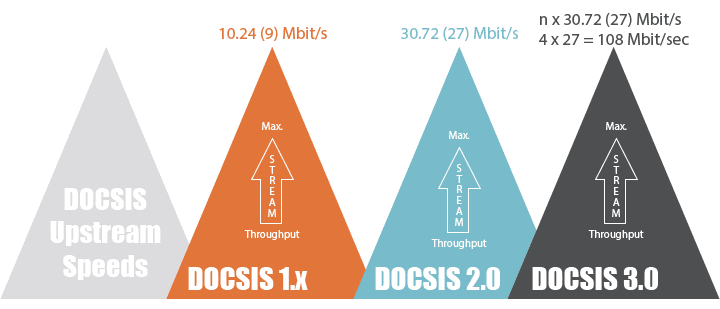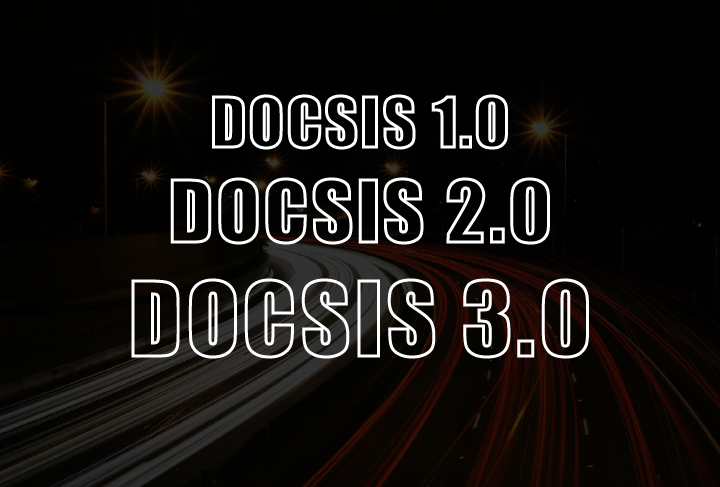Cable broadcasting was not always as prevalent as it was now; the Federal Communication Commission (FCC) stymied the industry for several years to protect local television programming.
It was not until the 1984 Cable Act when the FCC deregulated the industry that cable became a burgeoning business.  The cable industry was able to invest more than $15 billion in wiring infrastructure. According to the California Cable & Telecommunications Association, co-axial wiring “was the largest private construction project since World War II”. Since then, nothing has challenged the evolution of the cable industry more than the Internet.
The cable industry was able to invest more than $15 billion in wiring infrastructure. According to the California Cable & Telecommunications Association, co-axial wiring “was the largest private construction project since World War II”. Since then, nothing has challenged the evolution of the cable industry more than the Internet.
The Internet changed the television viewing habits of consumers and disrupted the cable industry’s Pay-TV business model.
An increasing number of consumers now rely on online streaming and Over-the-top content (OTT) such as Netflix and Hulu to watch their favorite television shows.
Cable TV-A Vestigial Product Offer
As a result, cable companies have been building broadband networks, some as early as 1996. These higher-capacity hybrid fiber co-axial (HFC) networks support high-speed broadband and would go on to replace cable TV as a predominant product offer.
The Internet has forced cable companies to adapt and has pushed cable companies to evolve into broadband companies.
Wired reported that “the number of broadband subscribers with the major U.S. cable companies exceeded the number of cable subscribers, according Leichtman Research Group”. Wired has even pitched that “cable companies” have been misnamed and that they should instead be considered “broadband companies that offer cable on the side”.
DOCSIS Extends The Utility of HFC Networks
As the demand for high-speed broadband continues to increase, cable operators are upgrading their infrastructure to retain their competitive edge against DSL providers.

Cable operators face the same challenges as DSL providers—they seek to increase bandwidth capacity while maintaining investment in infrastructure low. DOCSIS allows cable operators to retain the utility of their existing HFC networks. The longer these cable providers can retain the efficiency of HFC networks, the longer they’ll be able to compete with DSL providers without investing more resources in their infrastructure.

The DOCSIS protocol allows cable operators to deliver broadband services over their existing Hybrid Fiber-Coaxial cables. Short for Data over Cable Service Interface Specification, the protocol “is an international telecommunications standard that permits the addition of high-speed data transfer to an existing cable TV system.”
DOCSIS Standards
The following list summarizes a few of the key differences between the several iterations of the DOCSIS standard:
DOCSIS1.0-1.x (1997)
- Two upstream modulation profiles: QPSK and 16-QAM
- Data rates (kb/s) 320, 640, 1280, 2560, 512 (QPSK)
- Docsis 1.1 introduced a variety of security features including QoS, Dynamic Services, Concatenation, and Fragmentation to name a few
DOCSIS 2.0 (1999)
- Higher order modulation: 8 QAM, 32-QAM, and 64 QAM
- DOCSIS 1.0 (x6) & DOCSIS 1.1 (x3)
- Improved against interference (A-TDMA and S-CDMA)
- Utilizes 88Mhz to 860Mhz downstream, 5Mhz to 42Mhz upstream.
DOCSIS 3.0 (2001)
- Channel bonding
- Supports QAM128 for upstream traffic, while many DOCSIS 2 support only QAM64
- Utilizes 108Mhz to 1.002Ghz downstream, 5Mhz to 85Mhz upstream
DOCSIS 3.1
- Orthogonal Frequency Division Multiplexing (OFDM)
- Dynamic Bandwidth Allocation
- 4096 QAM
- Beamforming
For a thorough explanation of the DOCSIS 3.1, click here.
Learn more about how DSL providers are upgrading their networks with G. Fast




